Santa Barbara Eastside Residents, Shop Owners Upset over Quick-Fix Sidewalk Repairs on Milpas
While an $8 Million Renovation Is Planned for 2027, Neighborhood Advocates Are Not Happy with Temporary Fixes
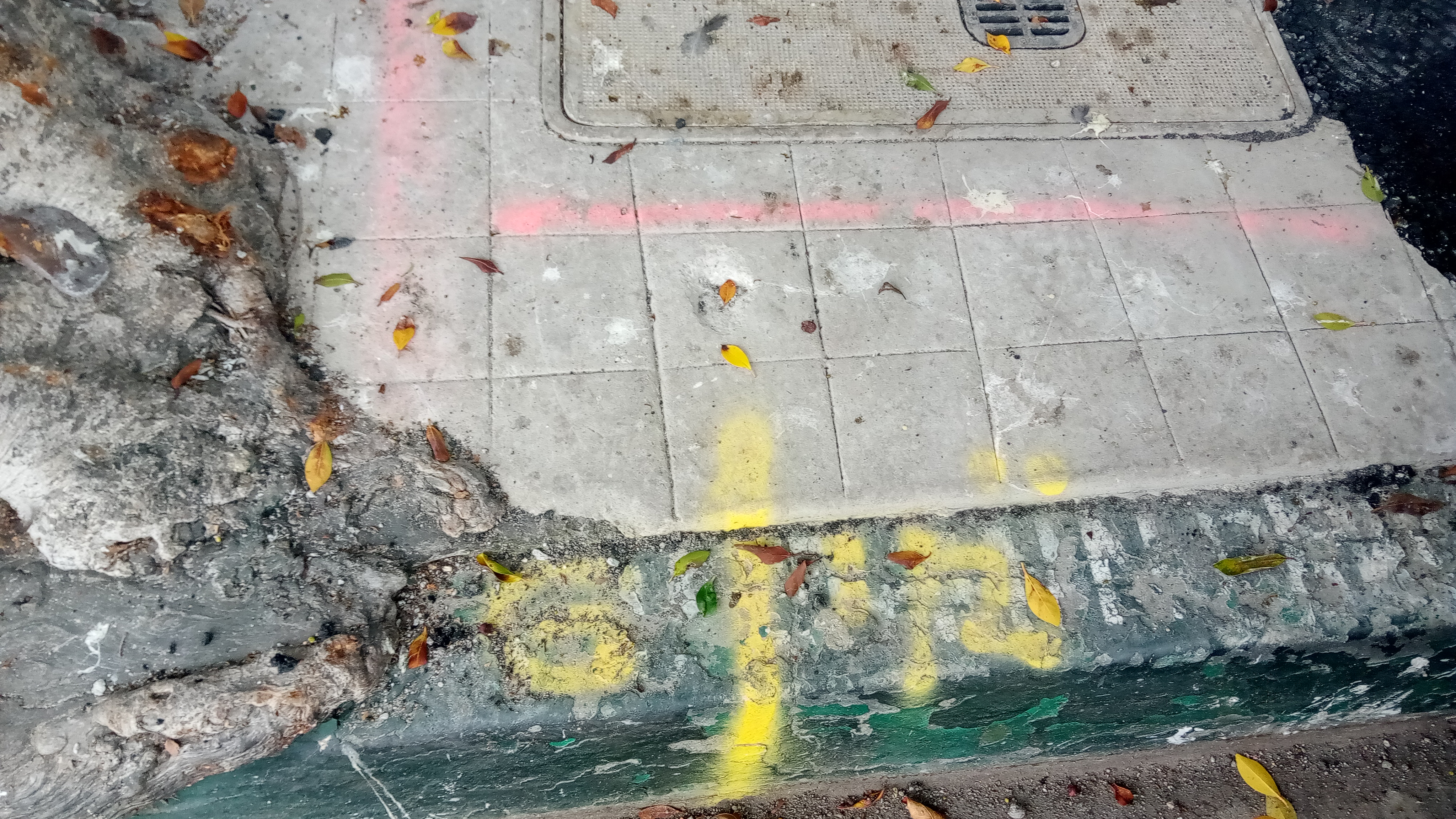
When the city of Santa Barbara began work on uneven and uplifted sidewalks on Milpas Street two weeks ago, Eastside shop owners and neighborhood residents were shocked that instead of new, clean sidewalks, the workers were leaving quickly poured asphalt filler into the cracked and narrow walkways.
Natalia Govoni, who owns the Brazilian lingerie shop Sheer Delights on the 400 block of Milpas, was appalled by the “shoddy work” done in front of her shop, which sits right next to Milpas mainstay Pat’s Liquor.
She said it was “another slap in the face” from the city, and questioned whether the same quick fixes would be applied in other, more affluent areas like Montecito, the Mesa, or San Roque.
“The worst part is that we will have to endure this until 2027 when a more intense construction project will begin for our sidewalks,” she said. “Unfortunately, this current look does not help our corridor, which is already aesthetically struggling.”
Several photos taken along the 400 block of Milpas show rough asphalt contrasted with the cracked sidewalk and brick storefronts, and one video taken by Eastside activist Jess Espinoza shows exposed roots and dirt in one spot being prepped for filler.
“There’s still roots sticking out, and this is what they’re going to throw asphalt over,” Espinoza says in the video sent to the Independent.
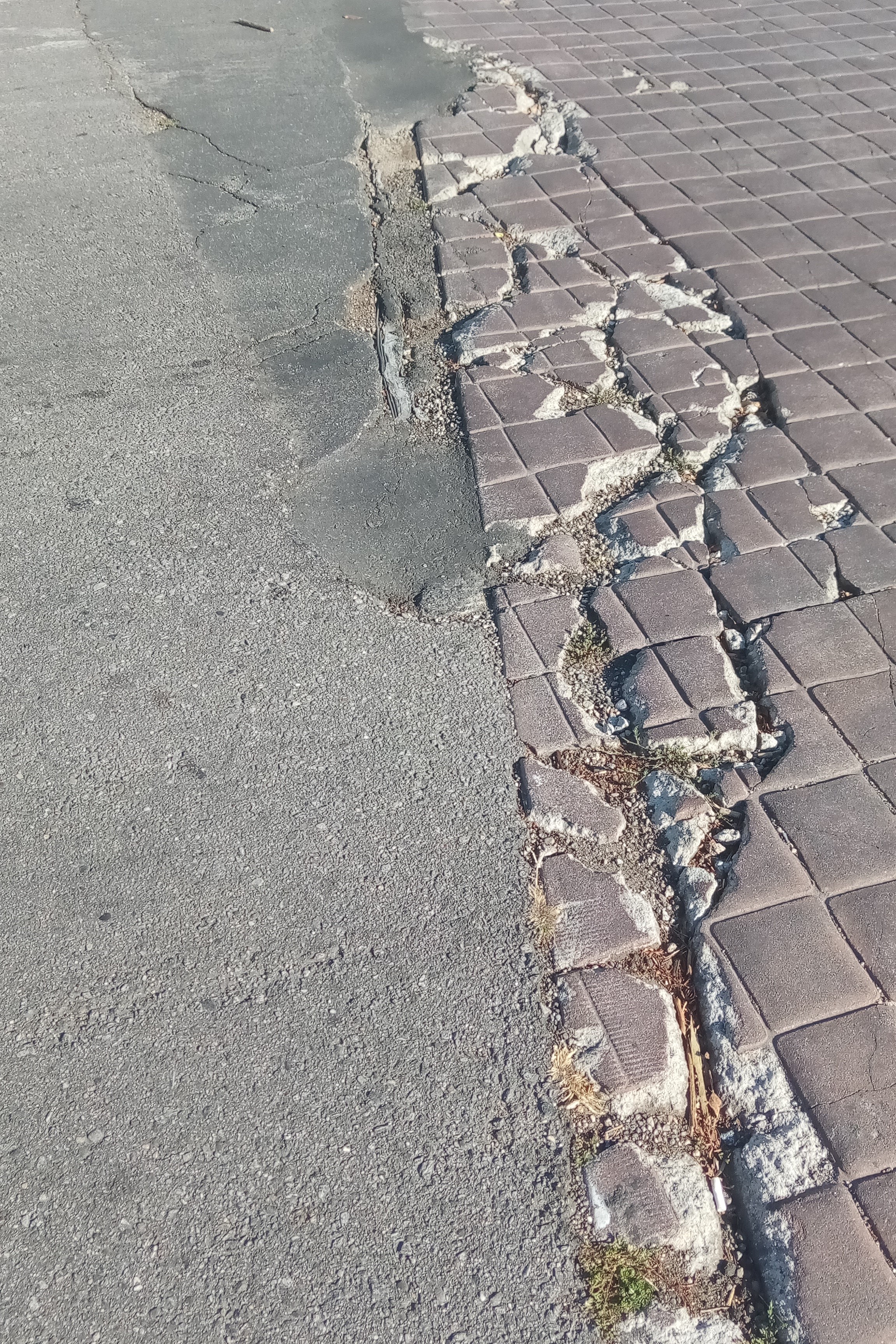
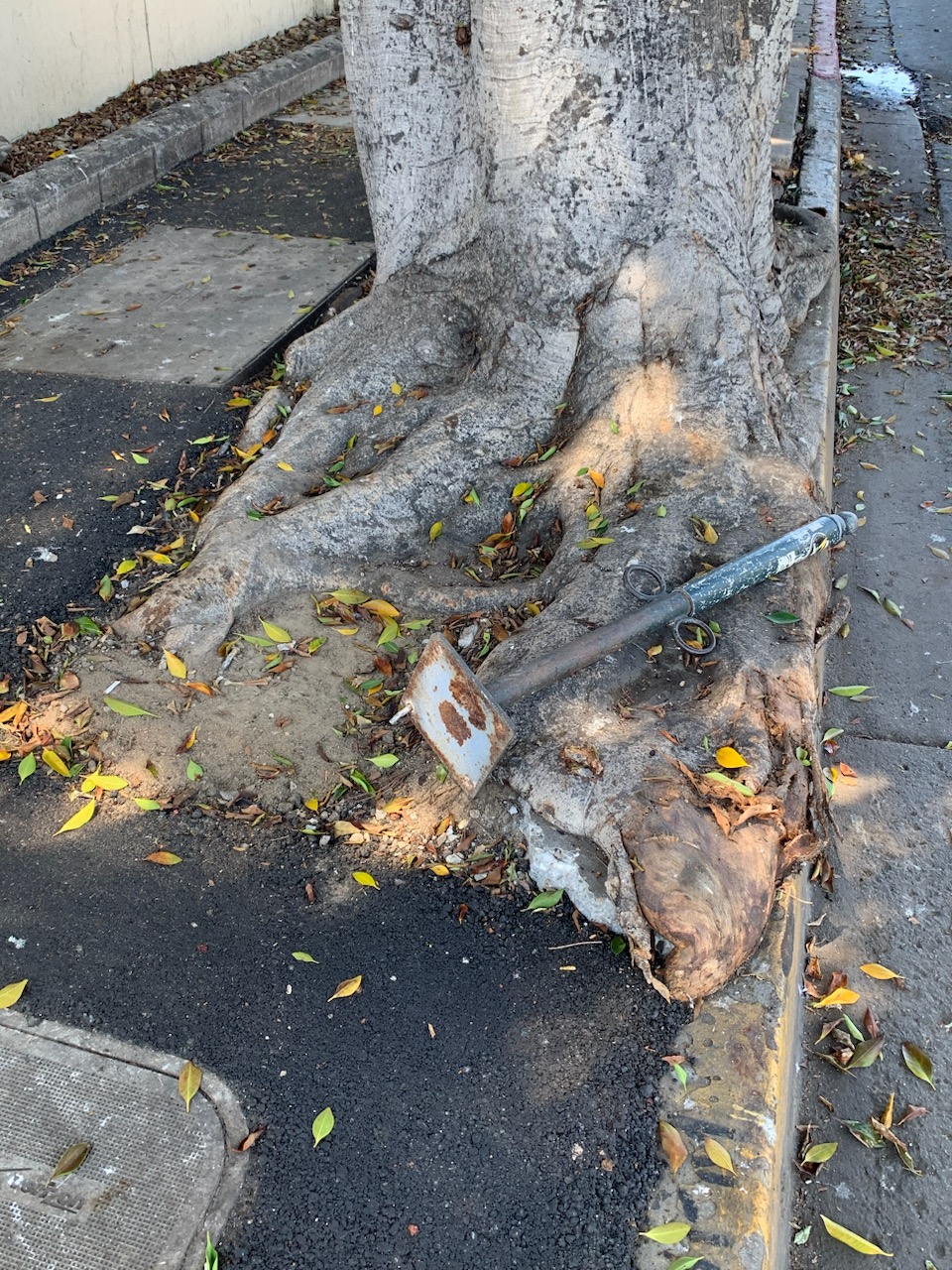
In another photo taken farther down Milpas Street, a city bike pole that was torn out of the sidewalk to make room for the asphalt lies out in the open against an overgrown tree trunk.
The city’s Public Works Director Cliff Maurer said he is aware of the outcry from people in the neighborhood, but said the fixes are only temporary and that the asphalt was chosen because of the “tricky” nature of the ficus trees along Milpas Street.
“This has become a hot-button issue in the last two weeks, and I understand the frustration of residents and business owners,” Maurer said. “But this is not a new problem.”
The ficus roots, he explained, are “very aggressive,” and not ideal for urban areas. They tear into sidewalks and creep into the foundations of neighboring buildings in search of water. The heaved sidewalks are a particular challenge because a permanent repair can be exceptionally costly.
One option is root abatement, which is an uphill battle with fast-growing roots that are likely to return within four to six months. “Not only do they come back,” Maurer said, “they’re more aggressive.”
Taking out the trees is an option, but environmental activists have not been open to the idea of taking out trees in an already urban area. That leaves the temporary asphalt solution, a cheap and easy way to provide a walkway that is “more pliable and resilient” to the root growth.
So while Maurer admits the asphalt is not the ideal look, he is hoping the Eastside residents understand that the city is working toward an entire renovation and widening of the Milpas area, an $8 million project that is currently in the design process and expected to start in 2027.
The temporary sidewalk repairs along Milpas Street are expected to continue into early September.
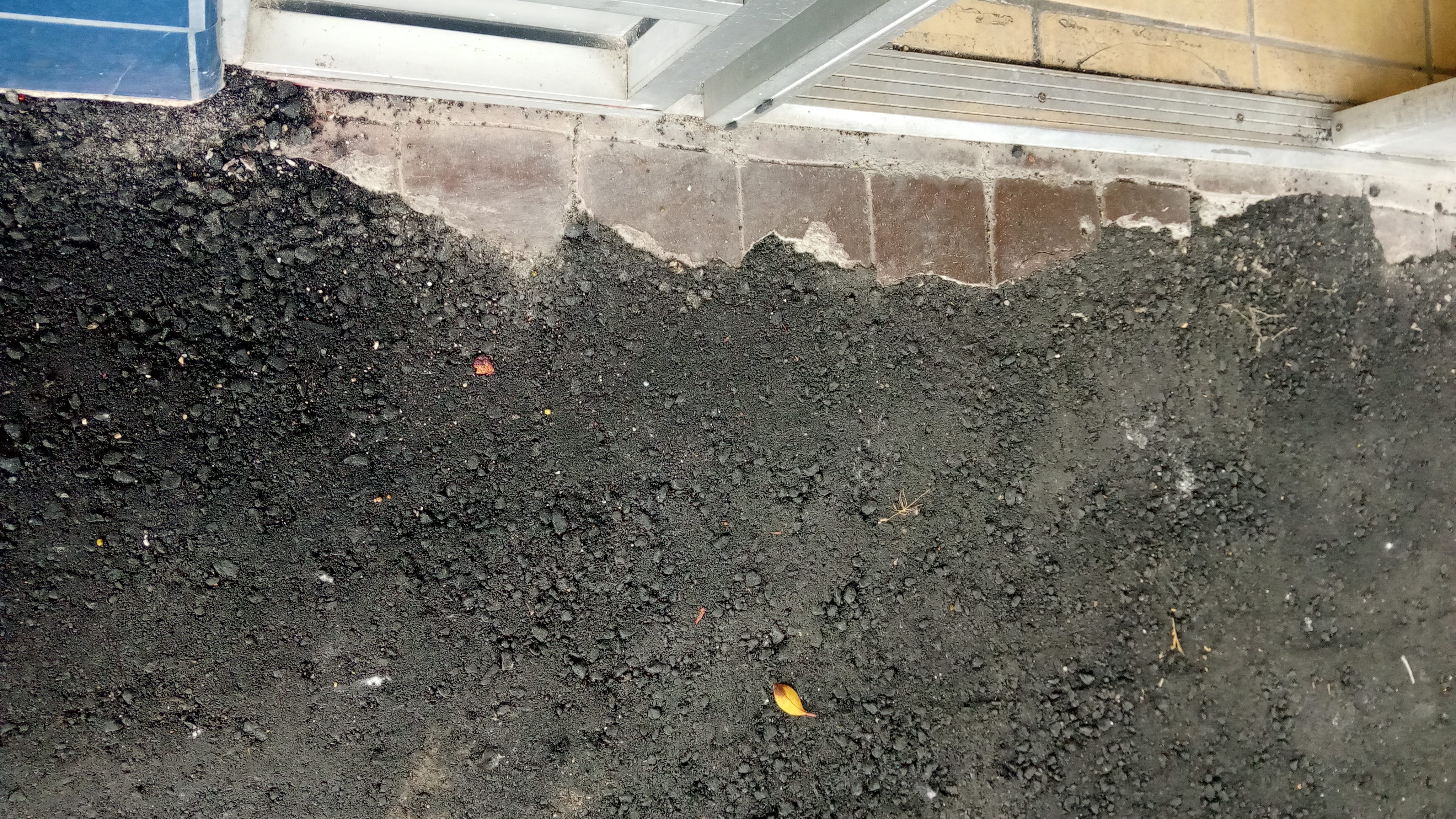

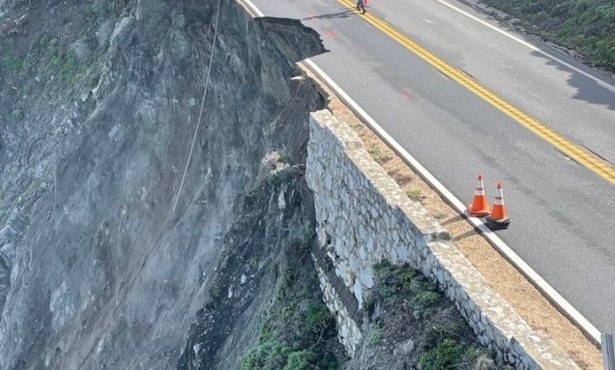
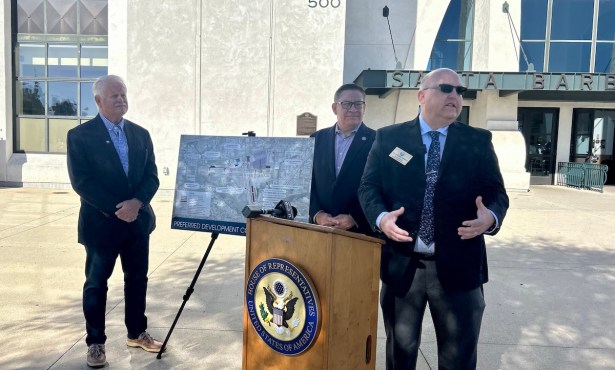
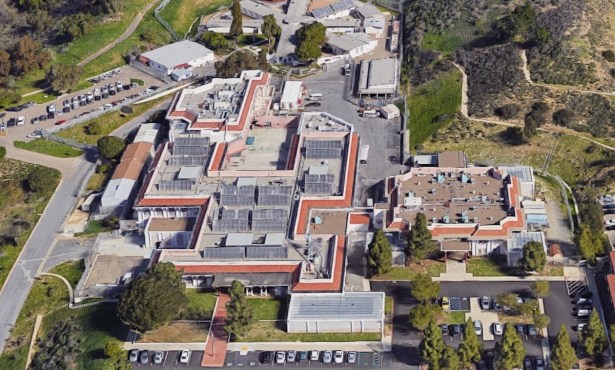
You must be logged in to post a comment.